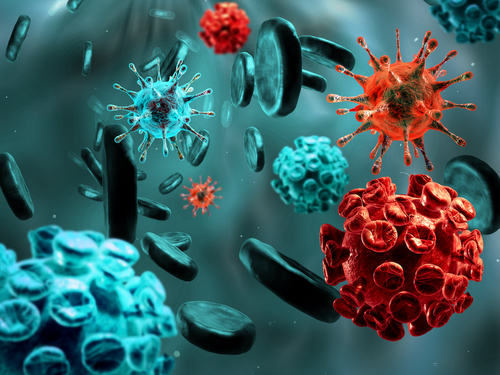A recent study presented during the 2015 Annual Meeting of the Society of Nuclear Medicine and Molecular Imaging (SNMMI), determined that for aggressive cases of Non-Hodgkin lymphoma (NHL) post-treatment surveillance with molecular imaging could translate into the early start of a new, life-saving treatment.
According to lead author Mehdi Taghipour, MD, a research fellow from the department of radiology at the Johns Hopkins Medical Institutions in Baltimore, MD., NHL is the fifth most prevalent cancer in America. NHL is a cancer of the blood and immune system, and can range from relatively easy to treat to very aggressive and fatal.
Patients with this type of cancer usually receive chemotherapy as the first treatment option, however, about 20% to 50% of patients who have an aggressive type of lymphoma relapse within 3 years. To catch a relapse in its earlier stages, functional and structural imaging with positron emission tomography and computed tomography (PET/CT) can be used.
“A permanent cure may still be achieved using salvage chemotherapy, but early diagnosis of a relapse is essential,” said Taghipour in a recent news release. “PET/CT imaging is superior to conventional imaging for NHL, but the role of post-treatment PET/CT has been controversial. Our study proves that 39 percent of follow-up PET/CT scans added clinical value, which represents a significant improvement in NHL patient care.”
Researchers used data from 560 PET/CT scans retrieved from a total of 204 NHL patients. Six months or more following primary chemotherapy, the investigators measured PET/CT scans’ value and assessed changes in patient management, examining the accuracy of these changes compared to either histopathology or additional 6 month follow-up.
The results showed that PET/CT sensitivity to detect NHL relapses was of 95.1% while the capacity of rule out an NHL case was of 90.5%. In terms of positive and negative predicted values the results revealed that the scans had a 84.5% and 97.1% ability to detect the absence or presence of the condition, respectively. Moreover the results demonstrated that follow-up PET/CT combined with fluorodeoxyglucose (a common imaging agent) provided a 92.1% overall accuracy, with about 69% of the scans conducted before recurrence suspicion and 30.7% performed due to disease suspicion.
The study also demonstrated that 22% of PET/CT follow-up scans revealed disease suspicion even in the absence of disease recurrence while in 17.4% of the scans the presence of the condition was ruled out.


